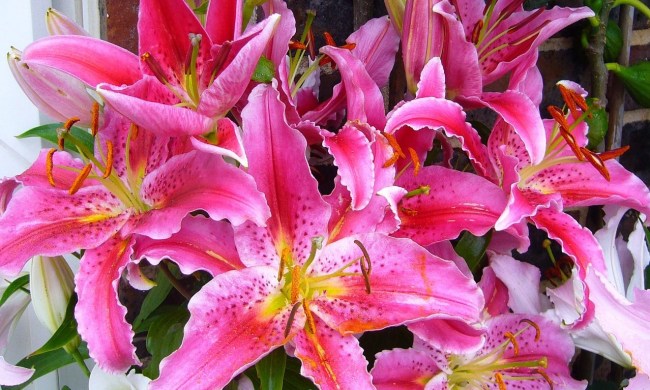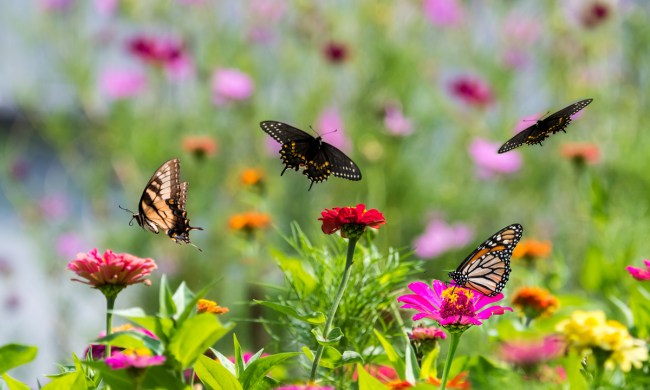It’s the most spooky time of year and many of us have been eagerly awaiting its arrival. Halloween is a fun time for kids and parents alike, but some of those traditional decorations aren’t good for the environment or your wallet. So this year, why not try some eco-friendly Halloween decorations that you can make with items straight from your garden! The best part about these decorations is they’re grown and made with love, and they’re a great way to get kids involved in decorating.
DIY wreaths from your garden
Buying a quality wreath from a florist or art supply store can get pretty expensive. While those options are beautiful, they are often made with plastic, fake flowers, and materials that could be harmful to animals if ingested. Instead, try making your own wreath from flowers and plants within your own garden. It not only means more when you make it yourself, but you’re also extending the life of those flowers by using them after they’ve die off. Dried flowers might need to be dead-headed in the garden, but you can tie them up with other plants and ornaments to make a fantastic DIY wreath. Check out some of these wreath ideas from CountryLiving.

Spooky flower arrangements
Similar to making your own wreaths, it can be just as fun to make spooky flower arrangements with flowers from your garden. These can be black hollyhocks, dead and dried sunflowers, or even the blooms off veggie plants that you’ve let go to seed. You can use some of these arrangements as inspiration and maybe tie in some fake spiders to really make it spooky!
Table centerpieces you grew yourself
You, of course, can use the spooky flower arrangement as a table centerpiece, but if you’re someone who loves little gourds, you’ll be excited to know you can grow those yourself and fill your table with your own gnarly and warty gourds. These are quite an expensive investment at farmers’ markets, but you can save some money by planting them yourself. This just requires some planning ahead of time in the summer. To add some layers and depth to your table centerpieces, go foraging for pine cones at a local park or the woods behind your house. Not only will they look great, but they’ll also make your home smell amazing!
Homegrown, carved pumpkins
It’s a fun tradition to take the kids to a pumpkin patch to pick out their own pumpkins for carving. What’s even more fun is planting the seeds together in the summer, watching those tremendous little plants grow, then picking their favorite pumpkins when the spooky season rolls around. When guests come by, the kids will be so excited to tell the whole story about their special pumpkin, and you’ll get to save some money. Here are some fun and unique ways to carve and decorate pumpkins for your home.

Tied corn stalks
Every year we see our local grocery stores and garden centers selling dried cornstalks that are tied together. These are fantastic decoration items, but they can cost a pretty penny. Instead, you can grow your own corn, harvest the corn to enjoy at summer BBQs, then let the stalks dry and use them in your Autumn decorations.
Chicken-wire yard ghosts
Although this is the most involved project on this list, we think it’s pretty unique and adds a layer of spookiness to your Halloween decor. All you need is some chicken wire, gloves, wire snips, and imagination. Chicken-wire yard ghosts are this year’s most popular Halloween decoration. When you see the videos people are making, you’ll see why. They might not look like much during the day, but with a little spotlight on them, they become spooky and even beautiful at night. You can get creative and make whatever type of ghost you want! Here’s a how-to article to help you through each step.
You can use one or all of these incredible eco-friendly DIY decorations this year. Maybe even combine a few to make the biggest Halloween display you’ve ever made! And maybe think ahead by writing a few of them down to start in the summer next year.


